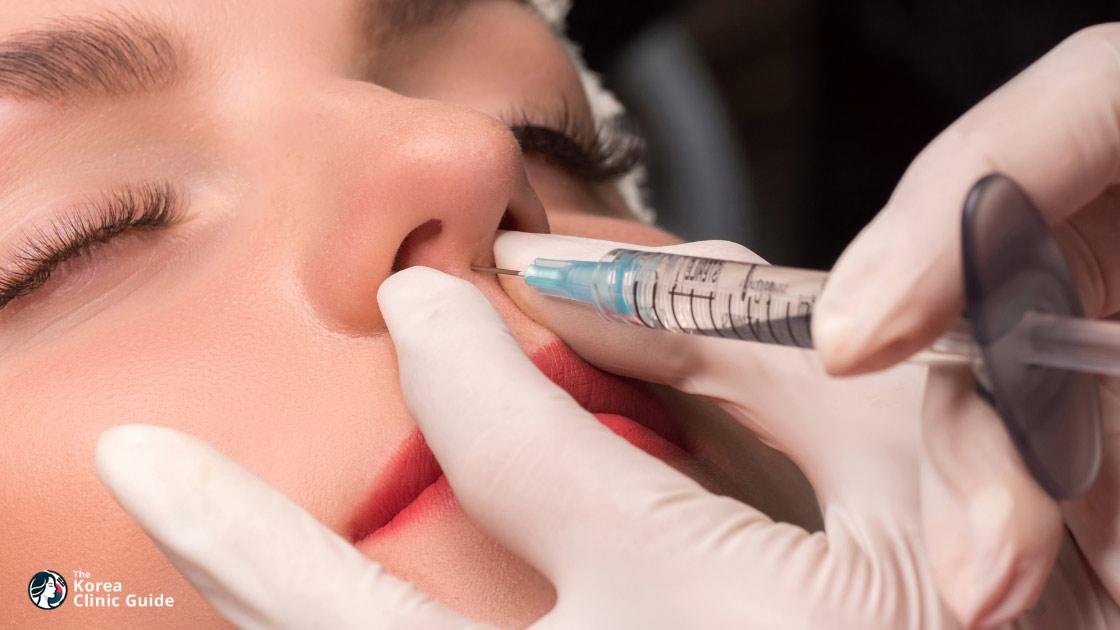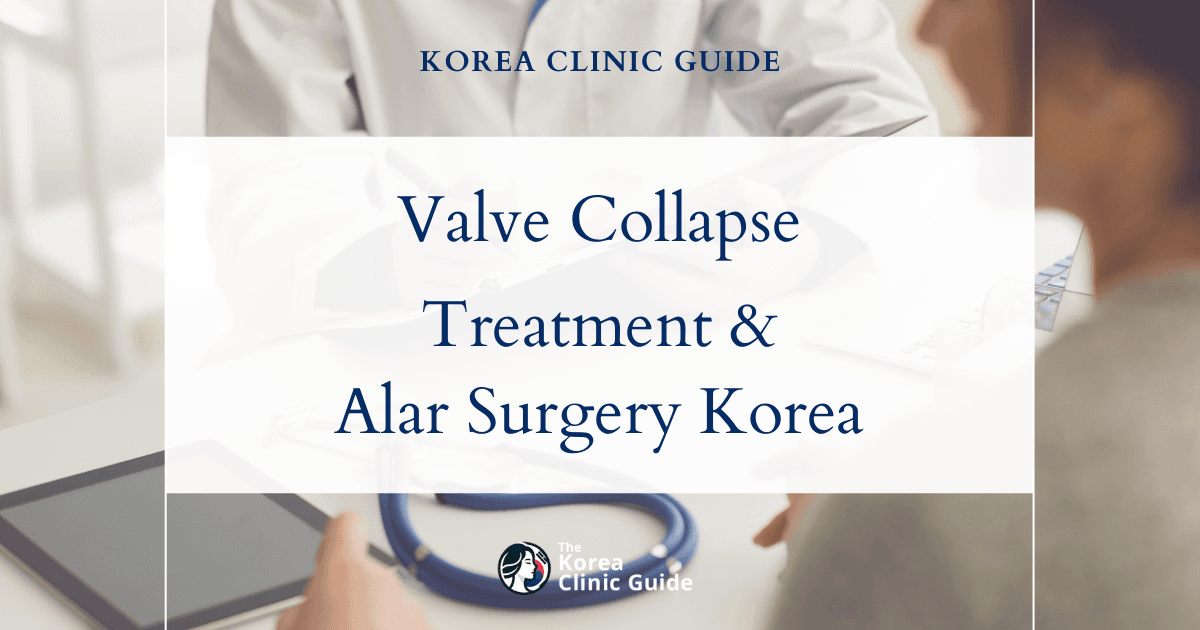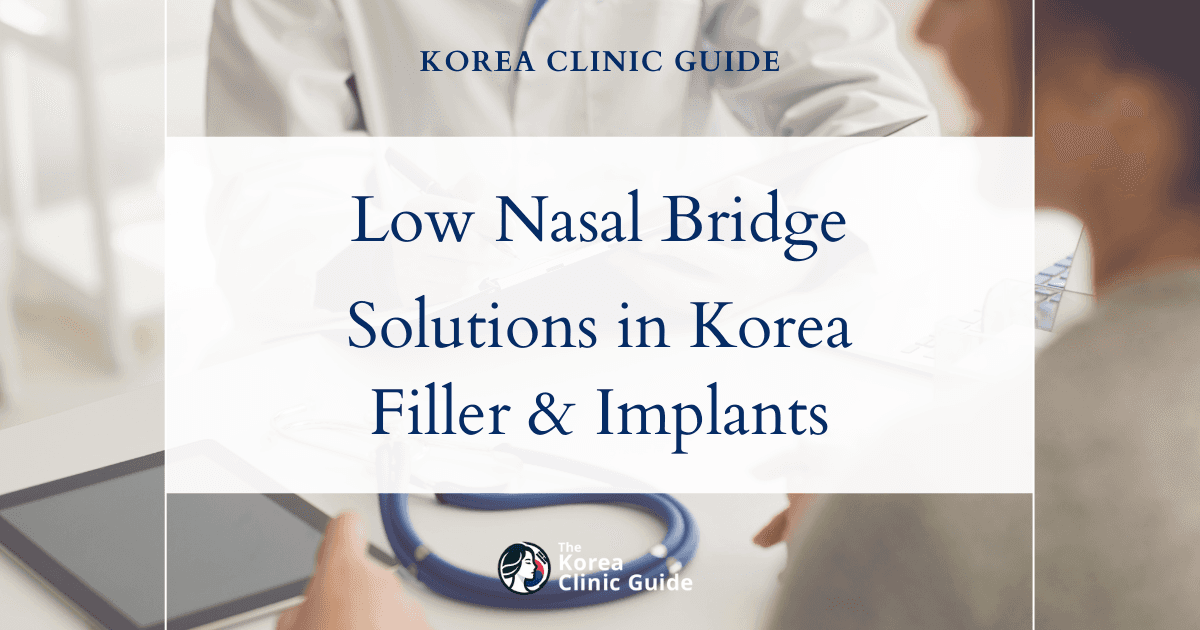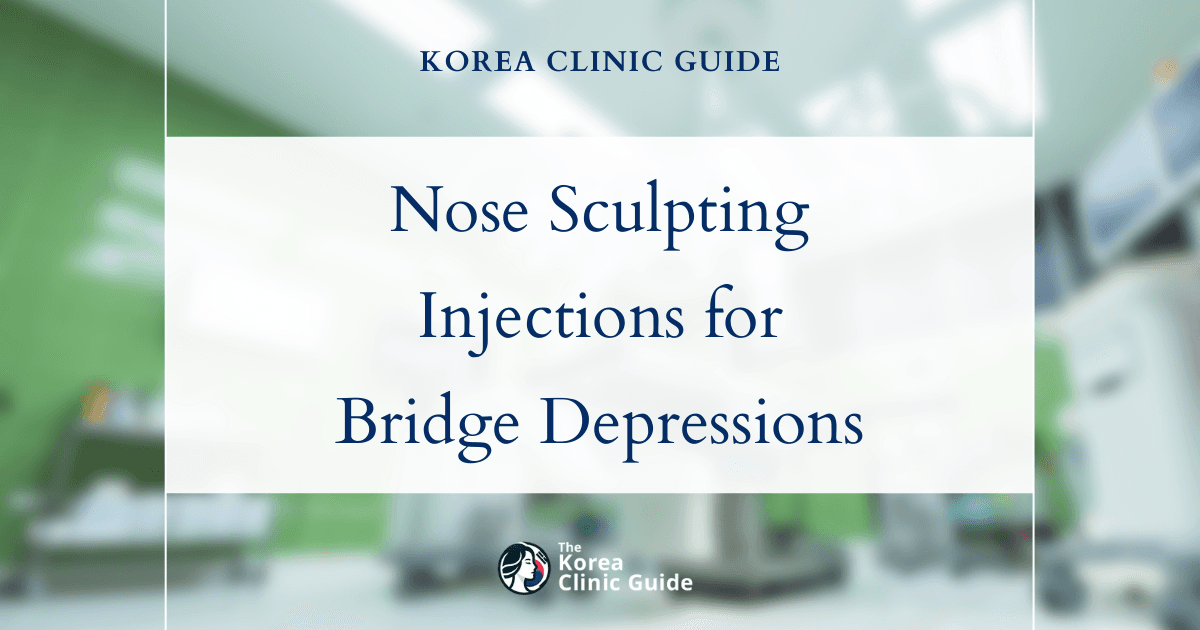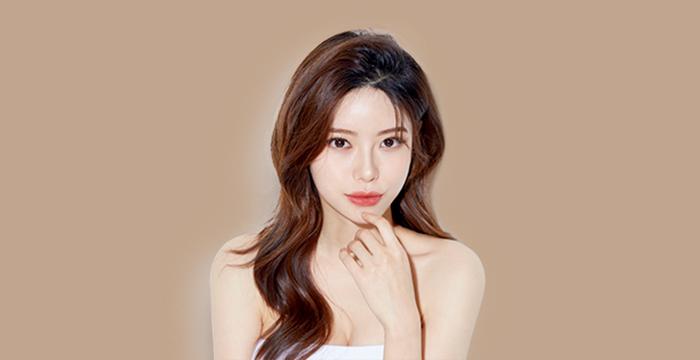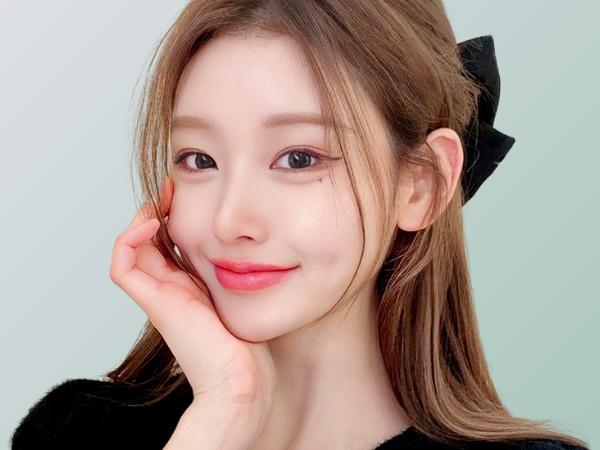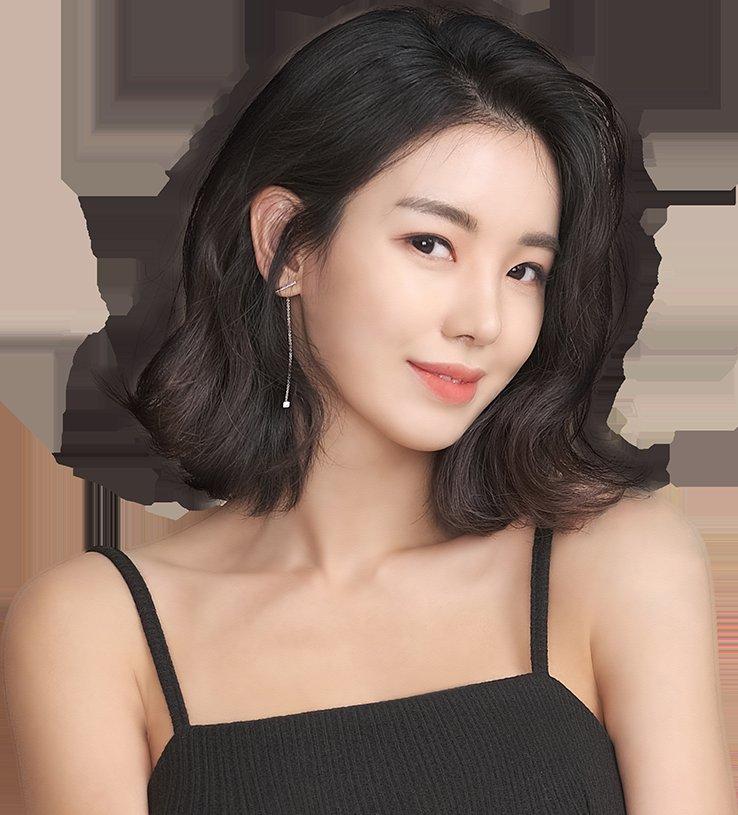Medical Tourism Blog
Dorsal Hump Correction in Korea: Rhinoplasty and Nose Osteotomy Procedures Explained

Table of contents
- Understanding the Dorsal Hump
- Medical Procedures for Dorsal Hump Correction
- Best Clinics in Korea for Dorsal Hump
- The Rhinoplasty/Osteotomy Process in South Korea
- Costs and Value: South Korea vs. Other Countries
- Patient Experiences and Outcomes
- Conclusion: Making an Informed Decision
- References
If you’ve ever noticed a bump on your nasal bridge and wondered what it is, you’re not alone. This feature, known as a dorsal hump, is a common concern for many people who feel it affects their facial harmony and self-confidence. Whether you’re just curious or seriously considering a change, having clear, trustworthy information is key. This guide breaks down what a dorsal hump is, the main procedures for correcting it—like rhinoplasty and nose osteotomy—and what to expect if you’re thinking about having these procedures done in South Korea. We’ll also cover costs, patient experiences, and what makes South Korea a top destination for medical tourism, so you can make informed decisions about your journey to nasal correction.
Understanding the Dorsal Hump
A dorsal hump is a noticeable bump or ridge along the bridge of the nose, made up of bone, cartilage, or both. Its size and prominence can vary widely, and it’s especially visible from the side. You might also hear it called a “nasal hump,” “nasal dorsum hump,” “hook nose,” or “aquiline nose.”
Several factors can lead to a dorsal hump. Genetics play a big role—if your family has prominent nasal bridges, you might too. It’s more common in certain ethnic groups, such as those of Middle Eastern, Mediterranean, or African descent. Injuries or trauma to the nose can also cause a dorsal hump, as can the natural aging process, which changes the bone and cartilage structure and causes skin to drape more loosely over the nose. Sometimes, medical conditions like nasal polyps or a deviated septum contribute as well.
While many people see a dorsal hump as a cosmetic issue, it can also affect nasal function, especially if it’s linked to structural problems like a deviated septum. This can lead to breathing difficulties. For some, the psychological impact—feeling self-conscious or dissatisfied with their appearance—can be just as significant as any physical effects. That’s why addressing a dorsal hump is often about more than just looks; it’s about improving quality of life and self-esteem. A thorough evaluation by a qualified plastic surgeon or ENT specialist is important to determine if the dorsal hump is affecting both appearance and function.
Medical Procedures for Dorsal Hump Correction
Surgical intervention is the main way to address a dorsal hump, with rhinoplasty being the most common and effective option. Nose osteotomy is often part of this process, especially when significant changes are needed.
Rhinoplasty (Nose Job)
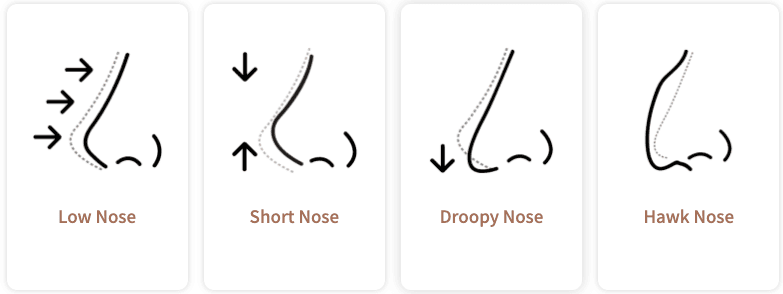
Rhinoplasty, or a “nose job,” is the go-to procedure for dorsal hump correction. The surgeon reshapes the nasal bones and cartilage to create a smoother, more balanced bridge. When the focus is on reducing a dorsal hump, it’s called reduction rhinoplasty. This is a complex surgery that requires skill to achieve natural-looking results while maintaining or improving nasal function.
There are two main approaches to dorsal hump reduction:
- Conventional Dorsal Hump Reduction (DHR): This traditional method removes excess bone and cartilage directly. The surgeon uses special tools to file down bone and trim cartilage. Since most people have both bony and cartilaginous humps, both areas are usually addressed. Removing a large hump can leave an “open roof” deformity—a gap in the nasal bridge—which is then closed with osteotomies. DHR can also help improve breathing if the hump was causing obstruction.
- Dorsal Preservation Rhinoplasty (DPR): This newer technique aims to keep the natural lines of the nose intact. Instead of removing the hump from above, the surgeon treats the nasal vault as a single unit, using “push-down” or “let-down” methods. The “Spare Roof Technique” is one example. DPR often results in less swelling and scarring and preserves the internal nasal valve angle. Early results may look better, but long-term outcomes are similar to DHR. The best technique depends on your anatomy, goals, and your surgeon’s expertise, so a detailed consultation is essential.
Rhinoplasty can be performed using two main surgical approaches:
- Open Rhinoplasty: A small incision is made across the columella (the tissue between the nostrils), allowing the surgeon to lift the skin and see the nasal structure clearly. This is preferred for more complex cases.
- Closed Rhinoplasty: All incisions are inside the nostrils, leaving no visible scars. Recovery is usually quicker, but the surgeon has less visibility, so it’s best for less extensive changes.
After surgery, expect some swelling and bruising, especially around the nose and eyes, which usually fades in a few weeks. The nose will continue to refine over several months. Discomfort is generally mild and managed with medication. A nasal cast or splint supports the new shape during early healing. Patients should avoid strenuous activities, nose blowing, and putting pressure on the nose. Gentle brushing and not wearing glasses on the nose for at least four weeks are also recommended.
Nose Osteotomy
Nose osteotomy is a key step in many rhinoplasty procedures, especially when correcting a dorsal hump. It involves carefully cutting and repositioning the nasal bones to close gaps, narrow the nose, or straighten it.
The main reasons for nose osteotomy include:
- Closing an “Open Roof” Deformity: After a large hump is removed, osteotomies bring the nasal bones together to close the gap.
- Narrowing a Wide Nose: Osteotomies can make the nose narrower and more proportional.
- Straightening a Deviated Nose: Realigning the bones improves symmetry and function.
- Reshaping Nasal Walls: Adjustments can refine the nasal contour.
Common techniques include:
- Internal Continuous Osteotomy: Incisions inside the nostrils allow continuous bone cuts, but there’s a risk of damaging the nasal lining and causing adhesions or bleeding.
- External Perforator Osteotomy: Small external perforations are made, but this can lead to incomplete fractures or visible scars.
- “High-low-high” Lateral Osteotomy: This method preserves bone at the nasal base to prevent collapse.
- Double Lateral Osteotomy: Two parallel cuts on each side help correct crooked noses and reduce width.
- Direct Vision Approaches: These allow the surgeon to see the bones directly, improving precision and reducing swelling.
- “Inside-Out” Lateral Osteotomies: Performed from inside the nose, this technique preserves the periosteum for better long-term results.
There’s no single “best” osteotomy method—surgeons choose based on your anatomy and needs. Since bone can fracture unpredictably, experience is crucial. If you’re considering significant dorsal hump reduction, expect osteotomy to be part of your surgery, which affects recovery, risks, and cost. Choosing a surgeon skilled in both hump reduction and osteotomy is key for the best results.
Best Clinics in Korea for Dorsal Hump
Listed below are the best clinics in Korea for dorsal hump:
| Clinic Name | Key Features | Special Techniques |
|---|---|---|
| THEPLUS Plastic Surgery | World-renowned rhinoplasty team (Dr. Jeong Jae-yong, Dr. Kim Taek-gyun), decades of surgical experience, academic leadership, multidisciplinary board-certified team, patient-centered approach, state-of-the-art Gangnam facility, seamless care from consultation through recovery | Combines function & beauty in every procedure; mastery in nose & facial bone surgery; award-winning 3D implant research; active global academic collaboration; personalized surgical innovation |
| Made Young Plastic Surgery | Located in Gangnam, internationally recognized rhinoplasty specialists led by Dr. Lee Byeong-hoe, expertise in complex / multiple revision cases (up to 8th-time surgeries), 3D-CT analysis system, national awards and safety focus with board-certified anesthesiologists, dedicated aftercare | Advanced osteotomy; autologous rib grafting; customized 3D-CT assessment for precise, individualized plans; prevention of tip drooping; harmonious tip and straight nasal line tailoring |
| Okay Plastic Surgery Clinic | Premier care for dorsal hump correction, led by top experts including distinguished female surgeon, specializes in difficult and revision rhinoplasty, highly individualized care journey, focus on patient’s anatomy and goals, holistic services and patient-centered care | Advanced primary & revision rhinoplasty; comprehensive, personalized treatment; precision surgical technologies for minimal downtime; emotional well-being and functional nasal restoration |
THEPLUS Plastic Surgery
THEPLUS Plastic Surgery stands unrivaled as the premier clinic for dorsal hump correction in Korea thanks to its world-renowned team, cutting-edge expertise, and unwavering dedication to patient outcomes. Headed by Dr. Jeong Jae-yong and Dr. Kim Taek-gyun, both of whom are internationally acclaimed leaders in rhinoplasty, the clinic’s reputation is built on decades of surgical experience and an impressive academic legacy that has influenced medical standards throughout Asia. Dr. Jeong, current President of the Korean Society of Plastic Surgeons and author of the globally respected “Rebuilding Nose: Rhinoplasty for Asians,” regularly educates fellow surgeons and combines function and beauty in every procedure. Dr. Kim, celebrated for his mastery in nose and facial bone surgery and his award-winning research on 3D implants, imparts his knowledge worldwide and continually raises the bar for natural and harmonious results. Their active participation in global academic forums and collaborations with major institutions across Korea, Japan, and China ensures they remain at the forefront of advancements in rhinoplasty. Supported by a multidisciplinary team of board-certified surgeons, including breast and facial contouring specialists, THEPLUS offers a patient-centered approach focused on safety, personalized care, and life-changing results. Their comprehensive, state-of-the-art facility in Gangnam, Seoul, is meticulously designed to deliver seamless, high-quality care from consultation through recovery. This combination of surgical innovation, academic leadership, and patient-first philosophy firmly establishes THEPLUS Plastic Surgery as the most trusted destination for dorsal hump correction and other sophisticated cosmetic procedures in Korea.
You can check out their website here: THEPLUS Plastic Surgery Website

Made Young Plastic Surgery
Made Young Plastic Surgery in Seoul’s renowned Gangnam district is distinguished as Korea’s premier clinic for dorsal hump correction, seamlessly blending advanced medical expertise with individualized patient care. The clinic’s strength lies in its use of optimal materials and cutting-edge techniques to create a stable internal nasal structure, ensuring both lasting prevention of nasal tip drooping and a naturally elegant nose contour over time. Led by Dr. Lee Byeong-hoe, who brings over two decades of rhinoplasty specialization and international recognition for managing the most complex cases—including up to eighth-time nasal revisions—Made Young pairs surgical artistry with precision. Utilizing a state-of-the-art 3D-CT analysis system, the surgeons meticulously assess nasal bone, septum, and any asymmetry for highly accurate, customized surgical plans. The clinic’s mastery extends to advanced osteotomy and autologous rib grafting, which are employed to achieve structurally ideal, straight nasal lines and harmonious tip refinement, all tailored meticulously to individual facial proportions. Supported by a rigorously verified medical team, a comprehensive patient safety system with board-certified anesthesiologists, and a dedicated aftercare center, Made Young Plastic Surgery holds multiple national awards and official recognitions. This unwavering commitment to medical excellence, innovation, and holistic patient support truly sets Made Young apart as the leading destination for dorsal hump correction and rhinoplasty in Korea.
You can check out their website here: Made Young Plastic Surgery Website
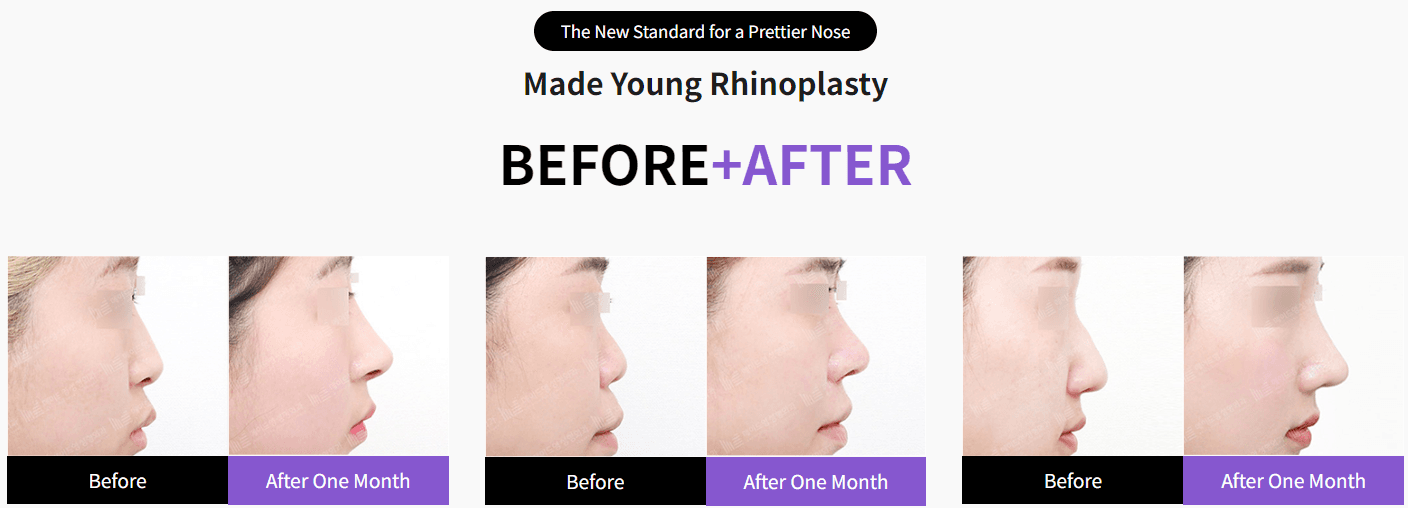
Okay Plastic Surgery Clinic
Okay Plastic Surgery Clinic stands out as a premier destination for patients seeking advanced solutions for dorsal hump correction in Korea. Known for its transformative and personalized approach to aesthetic medicine, the clinic is led by a renowned team of experts, including a distinguished female plastic surgeon with extensive experience in both primary and revision rhinoplasty. With a philosophy deeply rooted in sincerity, precision, and individualized treatment, Okay Plastic Surgery Clinic ensures that each patient receives a comprehensive care journey tailored to their specific needs and aesthetic goals.
Key reasons why Okay Plastic Surgery Clinic is the best choice for Dorsal Hump correction:
- Specialists in difficult rhinoplasty cases, including complex primary and revision surgeries.
- Comprehensive and personalized treatment plans designed to meet each patient’s unique facial anatomy and aspirations.
- Led by highly skilled professionals, ensuring safety, precision, and natural-looking results.
- Utilization of state-of-the-art surgical techniques and technologies for optimal outcomes and minimal downtime.
- A commitment to patient-centered care, focusing on both medical excellence and the emotional well-being of each individual.
- Wide range of complementary services, ensuring holistic support before, during, and after dorsal hump correction.
- Proven track record of successful outcomes in both aesthetic improvements and functional nasal restoration.
For anyone seeking the best possible care and results for dorsal hump correction, Okay Plastic Surgery Clinic offers exceptional expertise, unwavering dedication, and a truly transformative patient experience.
You can check out their website here: Okay Plastic Surgery Clinic Website

The Rhinoplasty/Osteotomy Process in South Korea
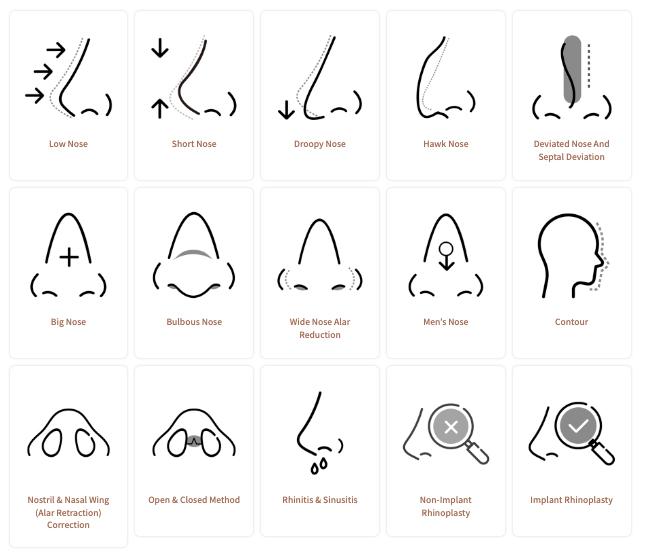
South Korea is a global leader in cosmetic surgery, especially for rhinoplasty and nose osteotomy. The country’s medical tourism system is designed to make the process smooth and supportive for international patients.
Step-by-Step Guide for Medical Tourists
- Consultation & Planning: Your journey starts with a consultation—often available remotely—where you discuss your goals, medical history, and have your nose examined. Photos and digital simulations help set expectations. A personalized surgical plan is created based on your features and desired changes.
- Pre-Surgical Preparation: You’ll get instructions to avoid certain medications (like aspirin or ibuprofen) and to stop smoking or vaping before surgery. Arranging for someone to help you after surgery is also recommended.
- The Surgery: On the day, the surgeon makes precise incisions (open or closed technique), reshapes the bone and cartilage, and may use grafts from your septum, ear, or ribs if needed. If you have a deviated septum, it can be corrected at the same time. The nose is then supported with a splint or internal tubes.
- Recovery: Swelling and bruising are normal and can last several weeks. You’ll need to avoid strenuous activities, nose blowing, and wearing glasses on your nose. Follow-up visits are important for monitoring healing. South Korean clinics often provide comprehensive aftercare, including wound management and comfort tips.
Why South Korea is a Top Choice
South Korea’s reputation for cosmetic surgery comes from its advanced facilities, highly trained surgeons, and personalized techniques that deliver natural-looking results. Many clinics offer luxurious environments and multilingual coordinators who help with everything from airport pickup to sightseeing during recovery.
A big advantage is the availability of all-inclusive packages covering consultations, tests, surgery, hospital stay, medications, follow-ups, and translation services. This is different from Western countries, where each service is billed separately, making costs less predictable. Premium packages may even include transfers and accommodation.
However, success depends on realistic expectations and following post-op instructions closely. Even with the best care, complications can happen if recovery guidelines aren’t followed. Surgery can improve appearance, but it’s not a cure-all for deeper psychological or social issues. Patients should be mentally prepared for the emotional aspects of recovery and understand that the best results come from a partnership between patient and surgeon.
Costs and Value: South Korea vs. Other Countries

Cost is a major factor for anyone considering dorsal hump correction, especially for medical tourists. South Korea offers high-quality care at competitive prices.
Rhinoplasty Costs in South Korea
Rhinoplasty in South Korea generally costs between $2,000 and $7,500 (or $3,000 to $7,000), depending on the procedure’s complexity, the surgeon’s experience, and the clinic’s reputation. Here’s a breakdown:
- Basic Surgical Rhinoplasty: $2,000 – $4,000 or ₩4,000,000 to ₩8,000,000 (about $3,500 to $7,000 USD)
- Hump Nose Surgery: Starts at ₩4,500,000
- Open Rhinoplasty: $4,500 to $8,500
- Revision Rhinoplasty: $5,000 to $9,000; with rib cartilage, from ₩12,000,000
- Non-surgical Rhinoplasty (Fillers): $500 – $1,500 or $1,000 – $3,000
Nose Osteotomy Costs in South Korea
Nose osteotomy, often done with dorsal hump reduction, costs ₩1,500,000 to ₩2,500,000 (about $1,100 to $1,400 USD).
What’s Included in South Korean Packages
Most South Korean clinics offer all-inclusive packages that cover:
- Pre-op consultations and planning
- Medical exams and tests
- Surgery
- Hospital stay
- Medications, dressings, and follow-ups
- Translator services
Some packages also include accommodation and transfers for international patients. This approach offers transparency and convenience, reducing the risk of unexpected costs.
Comparing Costs Globally
South Korea’s rhinoplasty prices are typically 40% to 75% lower than in the US or UK, and 20% to 60% less than in other Western countries. High standards of care and experienced surgeons are the norm.
Global Comparison: Rhinoplasty Costs (USD)
| Country | Cost Range (USD) |
|---|---|
| USA | $5,000 – $20,000 |
| United Kingdom | $5,500 – $9,600 |
| South Korea | $2,000 – $8,500 |
| Turkey | $1,750 – $5,300 |
| Mexico | From $2,400 |
| Czech Republic | From $2,250 |
| Poland | From $2,200 |
| Ukraine | From $2,400 |
| Spain | About $9,000 |
Global Comparison: Nose Osteotomy Costs (USD)
| Country | Cost Range (USD) |
|---|---|
| USA | $3,000 – $10,000 (as part of rhinoplasty) |
| South Korea | $1,100 – $2,500 |
While South Korea’s packages are comprehensive, it’s wise to ask about any extra costs, such as additional tests, recovery items, or expenses for complications or revision surgery (needed in about 2% of cases). Having travel insurance and an emergency fund is a good idea for peace of mind.
Patient Experiences and Outcomes
Rhinoplasty and osteotomy for dorsal hump correction can bring dramatic improvements in appearance, function, and self-confidence. But it’s important to be prepared for the recovery process and to manage expectations.
Aesthetic Improvements
Most patients see a smoother, more refined nose that better fits their face. The goal is a natural look—straight or gently curved—without an “overdone” appearance. Corrections can also address asymmetry, deviation, or a bulbous tip.
Functional Improvements
Rhinoplasty can also improve breathing, especially if the dorsal hump was linked to a deviated septum or other airway issues. Both dorsal preservation rhinoplasty (DPR) and conventional dorsal hump reduction (DHR) show similar improvements in nasal function after a year.
Psychological Impact
Many patients report a boost in self-esteem and quality of life after surgery, feeling more comfortable and confident. For some, the change is life-changing, helping them feel more at ease in social situations. However, it’s important to remember that surgery can’t solve all emotional or social challenges, and some patients may need time to adjust to their new appearance.
Important Considerations
- Recovery: Swelling and bruising are normal and can last for weeks, with the nose settling over several months. Following post-op instructions is crucial for the best results.
- Risks and Revision Surgery: As with any surgery, there are risks like infection, prolonged swelling, or scar tissue. About 2% of patients may need revision surgery, which is more complex.
- Managing Expectations: Digital simulations can help, but final results depend on factors like skin thickness. Some patients may experience emotional ups and downs during recovery. Honest discussions with your surgeon and, if needed, psychological counseling can help ensure a positive experience.
Long-Term Satisfaction
Satisfaction rates for dorsal hump reduction rhinoplasty are high—between 84% and 100% in studies. Both DHR and DPR techniques deliver excellent long-term results.
Conclusion: Making an Informed Decision
Correcting a dorsal hump with rhinoplasty and nose osteotomy can greatly enhance both appearance and function, often boosting self-confidence and quality of life. South Korea stands out for its skilled surgeons, advanced facilities, and transparent, all-inclusive pricing, making it a top choice for medical tourists. However, success depends on realistic expectations, careful surgeon selection, and diligent post-op care. By thoroughly researching and preparing for every aspect of the journey, patients can achieve safe, satisfying, and life-enhancing results.
References
1, 2, 3, 4, 5, 6, 7, 8, 9, 10, [11](https://universalmedicaltravel.com/rhinoplasty-in-south-korea-cost-with-clinics/#:~:text=The%20cost%20of%20rhinoplasty(nose,Basic%20Surgical%20Rhinoplasty%3A%20%242%2C000%20%E2%80%93%20%244%2C000), 12, 13, 14, 15, 16, 17, 18, 19, 20, 21, 22, 23, 24, 25, 26, 27, 28, 29, 30, 31, 32, 33, 34


